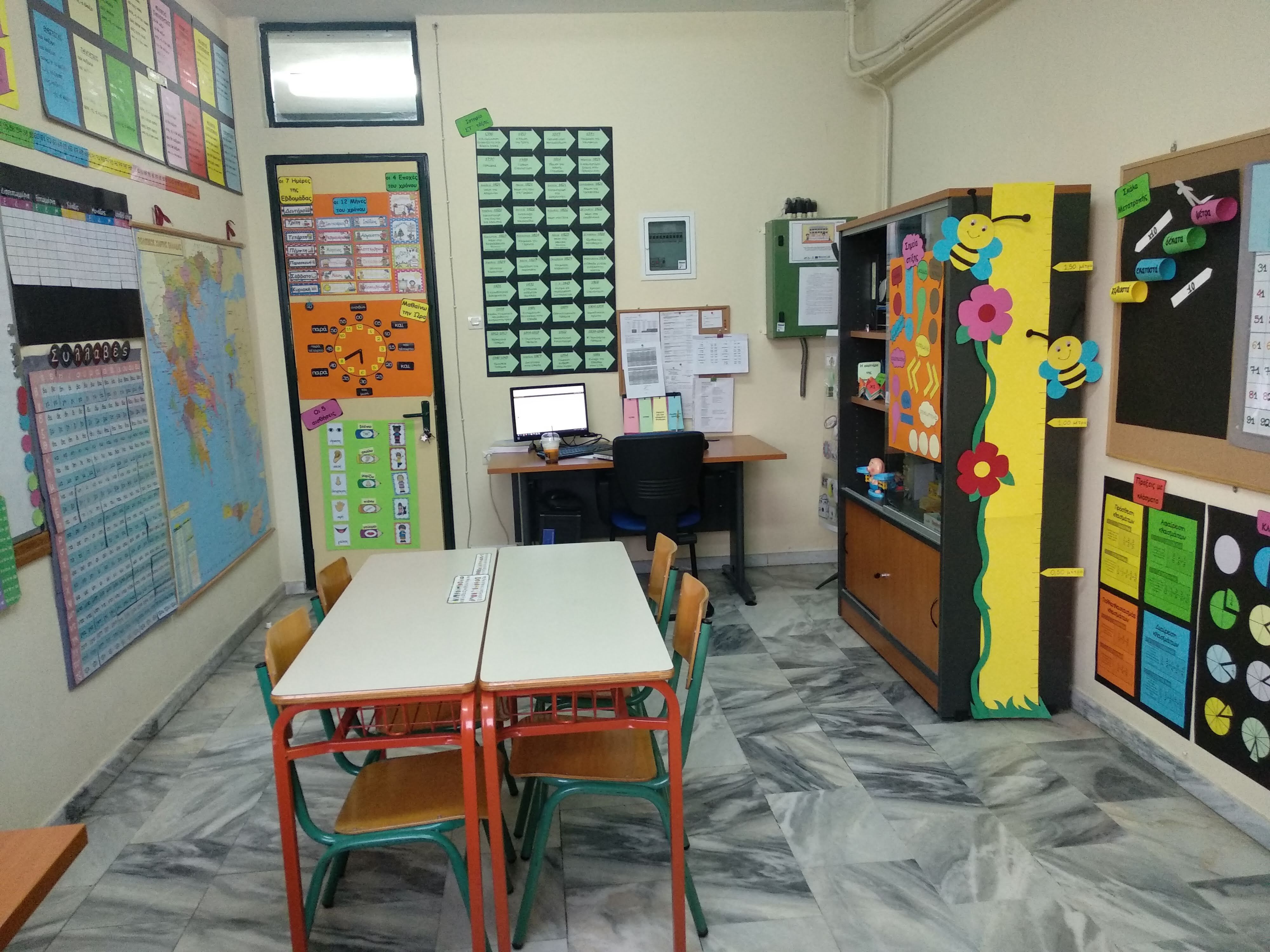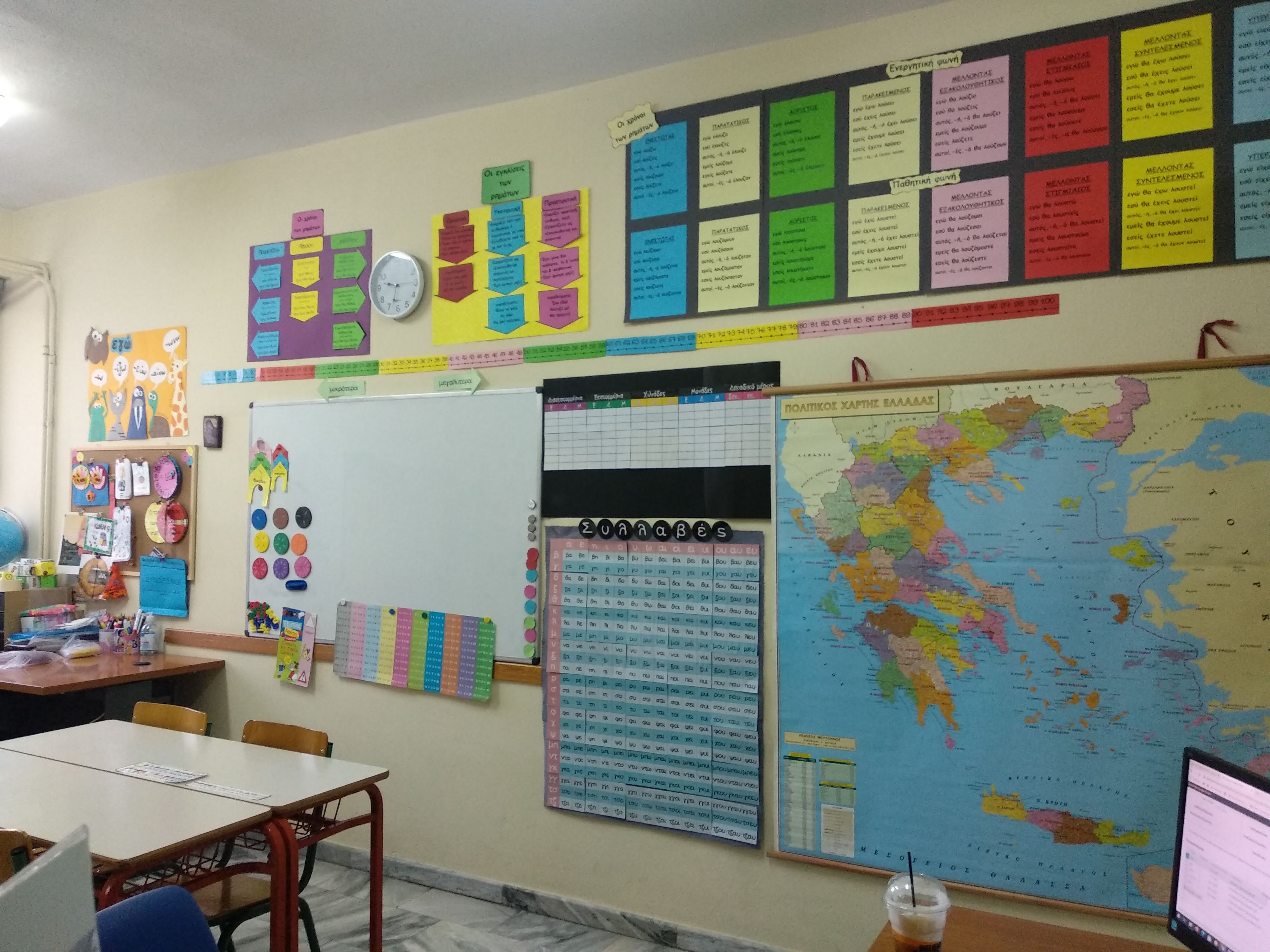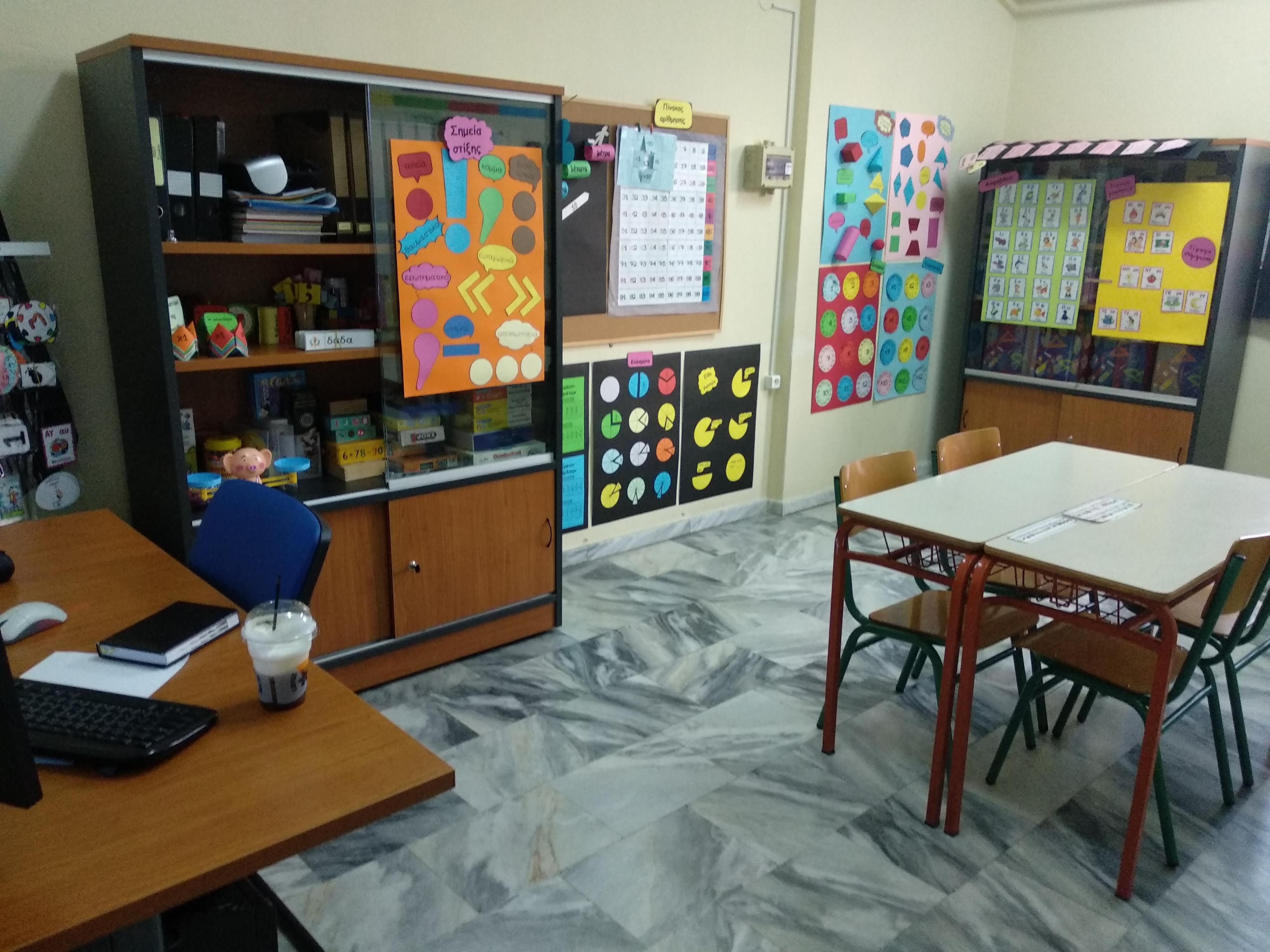Planetariums can be powerful tools for inspiring students and enhancing their knowledge of astronomy in several ways:
Immersive experience: The dome-shaped projection creates a realistic simulation of the night sky, allowing students to feel as if they're truly observing celestial objects.
Visual learning: Complex astronomical concepts become more tangible when visualized, helping students grasp ideas that may be difficult to understand from textbooks alone.
Scale and perspective: Planetariums can effectively demonstrate the vast scale of the universe, helping students comprehend astronomical distances and sizes.
Dynamic presentations: Modern digital planetariums can show time-lapse movements of celestial bodies, illustrating concepts like planetary motion and seasons.
Multidisciplinary connections: Planetarium shows can integrate other subjects like history, mythology, and physics, showcasing the interconnectedness of astronomy with other fields.
Cutting-edge science: Planetariums can present the latest astronomical discoveries and research, keeping students informed about current scientific developments.
Spark curiosity: The awe-inspiring nature of planetarium shows can ignite students' interest in astronomy and science in general, potentially influencing future career choices.
Accessible stargazing: Planetariums provide a consistent and controlled environment for observing the night sky, regardless of weather conditions or light pollution.
Interactive learning: Many modern planetariums offer interactive features, allowing students to explore and manipulate celestial objects, enhancing engagement and understanding.
Cultural perspective: Planetariums can showcase how different cultures have interpreted the night sky, broadening students' cultural awareness and historical knowledge.

What do you think?
Antonia
@Antonia
In my role as a special education teacher, I am dedicated to supporting students with diverse learning needs and abilities. I work closely with students, families, and other educators to create individualized education plans, provide differentiated instruction, and cultivate inclusive learning environments.
I am particularly fond of implementing STEAM programs because they offer a holistic approach to education that integrates Science, Technology, Engineering, the Arts, and Mathematics. These programs nurture creativity, critical thinking, collaboration, and problem-solving skills, providing a well-rounded learning experience that prepares students for the diverse challenges of the modern world. Engaging in STEAM activities not only fosters innovation but also promotes inclusivity by catering to students with various interests and learning styles.
Best posts made by Antonia
-
Planetariums as Astronomy Education Toolsposted in Digital teaching tools
-
Educational Robotics for Students with Special Educational Needsposted in 3.0 Teaching in the 21st Century Competition
Educational robotics has emerged as a transformative tool in inclusive education, offering unique opportunities for students with special educational needs (SEN) to engage with technology while developing cognitive, social, and motor skills. Through hands-on interaction with programmable robots, these students can experience learning in ways that traditional methods might not accommodate, potentially bridging gaps in communication, problem-solving, and collaborative learning.
However, this raises important questions: Does the integration of robotics truly create more inclusive learning environments, or does it inadvertently create new barriers for students who struggle with technology? How do we ensure that robotic tools are designed with accessibility in mind rather than as one-size-fits-all solutions? Furthermore, what are the long-term implications of relying on technological mediators for social interaction and learning development in vulnerable student populations? -
RE: Get to know your fellow Forum members and tell us a bit about yourself in this discussion!posted in Our forum community
@Ana_moderator said in Get to know your fellow Forum members and tell us a bit about yourself in this discussion!:
Who are you and where are you from?
Your job title, your favorite part of your job?
What do you enjoy doing in your spare time?My name is Antonia, and I live in a small town in Greece. I am special education teacher working in an elementary school, guiding students with learning disabilities to overcome their difficulties and succeed in all areas of their lives. The most rewarding aspect of my job is witnessing students excel academically and build their self-confidence, finding joy in learning and continually growing. In my free time, I enjoy delving into art history, traveling to explore new cultures, and expanding my horizons.
-
RE: Bullying in educational establishmentsposted in Teaching in the 21st Century Teacher competition 2.0

Bullying in educational establishments is a pressing issue with diverse forms like physical, verbal, relational, and cyberbullying, all with severe repercussions, such as psychological trauma and academic challenges. Schools play a vital role by implementing anti-bullying policies, educational programs, and protocols to handle incidents effectively. Creating a positive school culture by promoting empathy and respect, supporting victims and perpetrators, involves everyone - schools, parents, teachers, and communities. To combat bullying, a collaborative, multi-dimensional approach focused on prevention, intervention, and support is crucial, ensuring safe and nurturing learning environments for all students. -
RE: One Small Step for you,One Big step for Sustainability.There is always Something to improve !posted in Teaching green
Your dedication to sustainability and continuous improvement is truly inspiring. As educators, we have a unique opportunity to influence future generations and instill these crucial values.
Your approach of focusing on incremental changes is spot-on. It's easy to feel overwhelmed by the scale of environmental challenges, but recognizing that every small action counts can motivate us and our students to keep pushing forward.
Your commitment to ongoing improvement sets a powerful example.
Keep up the excellent work. Your passion is undoubtedly making a real difference, both for the environment and for the students you're inspiring along the way. -
RE: Sharing experienceposted in Teaching in the 21st Century Teacher competition 2.0
This year, I learned about this specific competition, a unique opportunity that offers professional development, collaboration, and experience. I am completing the project with my students at the school where I work, and I hope to contribute to the academic and scientific community.
-
The Integration of Artificial Intelligence in Schools by Ministries of Education Worldwideposted in Teaching in the 21st Century Teacher competition 2.0
From personalized learning algorithms to AI-powered tutoring programs, the educational landscape is evolving rapidly as countries explore innovative ways to harness the potential of AI in education.
Have you ever wondered how Ministries of Education around the world are incorporating Artificial Intelligence (AI) into schools? Can you mention your own experience from your country? -
RE: Ideas for you_Build innovative environment in classroom with ICTposted in Teaching in the 21st Century Teacher competition 2.0
Project-Based Learning (PBL) is a powerful teaching approach that fosters inquiry, problem-solving, and collaboration among students. Through the use of digital project management platforms, collaborative document editors, and multimedia creation tools, students are engaged in hands-on projects that require critical thinking and creativity. PBL encourages students to explore real-world challenges, conduct research, and present their findings in innovative ways, promoting a deep understanding of the subject matter. By embracing PBL, educators can create dynamic learning environments where students take ownership of their learning and develop essential skills for success in the 21st century.
-
RE: Empowering Girls Through Educationposted in 3.0 Teaching in the 21st Century Competition
Girls in many communities face interconnected challenges that threaten their educational continuity, including economic pressures that force families to prioritize boys' education or require girls to work or marry young for financial stability. Cultural expectations often limit girls to domestic roles, while safety concerns about harassment or violence on the way to school or within school environments create additional barriers. Schools can support at-risk girls by implementing targeted interventions such as providing scholarships or school supplies, establishing mentorship programs that connect girls with female role models, creating safe transportation options or boarding facilities, and working directly with families and community leaders to address cultural barriers. Additionally, schools should ensure gender-sensitive facilities, zero-tolerance policies for harassment, flexible scheduling for girls with domestic responsibilities, and curricula that challenge gender stereotypes while celebrating female achievements and leadership potential.
-
Learning Difficulties and Softwareposted in Inclusive teaching
Understanding Learning Difficulties and Software
Learning difficulties can present significant challenges for students in the university setting. These difficulties can impact various aspects of learning, including reading, writing, math, and language skills. Fortunately, advancements in technology have led to the development of software tools that can help students with learning difficulties overcome obstacles and succeed academically.
One common type of software used to support students with learning difficulties is text-to-speech technology. This software converts written text into spoken words, making it easier for students with reading difficulties to access and understand written information. By listening to the text being read aloud, students can improve their comprehension and retention of course materials.
Similarly, speech-to-text software allows students with writing difficulties to dictate their ideas verbally, which are then transcribed into written text. This can be especially helpful for students with dyslexia or other learning disabilities that affect their writing abilities. By using speech-to-text software, these students can express their thoughts more easily and effectively.
Another valuable tool for students with learning difficulties is graphic organizers software. These programs help students visually organize information, make connections between concepts, and create structured outlines for essays and projects. By providing a visual representation of information, graphic organizers software can enhance the organization and clarity of students' work.
Additionally, software programs designed to improve math skills can be beneficial for students with learning difficulties in this area. These programs often include interactive exercises, visual aids, and step-by-step explanations to help students grasp mathematical concepts more effectively. By providing tailored support and feedback, math software can boost students' confidence and performance in this challenging subject.
In conclusion, software tools play a crucial role in supporting students with learning difficulties in the university setting. By leveraging text-to-speech technology, speech-to-text software, graphic organizers, and math programs, students can overcome obstacles, enhance their learning experience, and achieve academic success. These tools empower students to learn in ways that cater to their individual needs and strengths, ultimately helping them reach their full potential in higher education.
Could you recommend specific software tools for students with dyslexia?
Latest posts made by Antonia
-
RE: Equal Opportunities for All Genders in School Leadership and Participationposted in 3.0 Teaching in the 21st Century Competition
Equal Leadership Opportunities:
I rotate leadership roles systematically using weekly schedules and random selection, assigning different types of leadership (project manager, presenter, facilitator) to ensure every student experiences various responsibilities.
Gender Bias Observations:
Yes, I've noticed boys dominating science discussions while girls hesitate in math, or girls gravitating toward creative writing while boys avoid it. I also see differences in risk-taking behavior based on perceived gender norms.
Encouraging Participation Beyond Traditional Roles:
I use mixed-gender partnerships, highlight diverse role models, set equal participation expectations, and praise effort over achievement. I deliberately invite quieter voices and create multiple ways to participate (verbal, written, visual) to accommodate different comfort levels. -
RE: Empowering Girls Through Educationposted in 3.0 Teaching in the 21st Century Competition
Girls in many communities face interconnected challenges that threaten their educational continuity, including economic pressures that force families to prioritize boys' education or require girls to work or marry young for financial stability. Cultural expectations often limit girls to domestic roles, while safety concerns about harassment or violence on the way to school or within school environments create additional barriers. Schools can support at-risk girls by implementing targeted interventions such as providing scholarships or school supplies, establishing mentorship programs that connect girls with female role models, creating safe transportation options or boarding facilities, and working directly with families and community leaders to address cultural barriers. Additionally, schools should ensure gender-sensitive facilities, zero-tolerance policies for harassment, flexible scheduling for girls with domestic responsibilities, and curricula that challenge gender stereotypes while celebrating female achievements and leadership potential.
-
RE: Digital Equity: No Child Left Behind in the Age of EdTechposted in 3.0 Teaching in the 21st Century Competition
The digital divide in education presents a fundamental paradox: while technology promises to democratize learning, it often deepens existing inequalities by leaving marginalized communities further behind. Successful approaches to digital equity require moving beyond simply distributing devices to addressing the interconnected barriers of infrastructure, affordability, and digital literacy. The most effective solutions embrace "appropriate technology" principles—such as offline educational content, solar-powered learning tools, and community-shared resources—while ensuring accessibility for students with disabilities and sensitivity to gender and cultural dynamics. Rather than pursuing one-size-fits-all high-tech solutions, we must recognize that meaningful digital inclusion means giving every student access to quality learning opportunities through whatever technology mix works best for their specific context and constraints.
-
Educational Robotics for Students with Special Educational Needsposted in 3.0 Teaching in the 21st Century Competition
Educational robotics has emerged as a transformative tool in inclusive education, offering unique opportunities for students with special educational needs (SEN) to engage with technology while developing cognitive, social, and motor skills. Through hands-on interaction with programmable robots, these students can experience learning in ways that traditional methods might not accommodate, potentially bridging gaps in communication, problem-solving, and collaborative learning.
However, this raises important questions: Does the integration of robotics truly create more inclusive learning environments, or does it inadvertently create new barriers for students who struggle with technology? How do we ensure that robotic tools are designed with accessibility in mind rather than as one-size-fits-all solutions? Furthermore, what are the long-term implications of relying on technological mediators for social interaction and learning development in vulnerable student populations? -
RE: A teacher's workplace - how is your workspace organized?posted in Classroom management
My special education classroom workspace is a blend of organized structure and adaptive flexibility. Key aspects include:
Visual organization: Color-coded materials, labeled storage bins, and clear visual schedules help maintain order and assist students with different learning needs.
Flexible seating: A mix of traditional desks, standing options, and sensory-friendly seating like wobble stools or bean bags accommodate diverse sensory needs.
Technology station: A dedicated area with assistive technology devices, tablets, and a computer for individualized learning programs and communication aids.
Calming corner: A quiet space with soft lighting, noise-canceling headphones, and comfort items for students who need sensory breaks.
Accessible materials: Shelves and storage at various heights ensure all students can reach necessary items independently.
Collaborative space: An area for small group instruction or peer interaction activities.
Personal teacher space: A small, organized desk area for administrative tasks and planning.
Favorite aspects include the adaptable nature of the room and how it supports various learning styles and needs. The integrated technology helps personalize instruction and track student progress efficiently.
To enhance productivity, I use digital tools like specialized IEP software, behavior tracking apps, and I am planning to set an interactive whiteboard technology to further support our students' diverse needs.
My classroom:


-
RE: Sharing experienceposted in Teaching in the 21st Century Teacher competition 2.0
@MARCE67802a0ba2 Dear colleague,
Congratulations on your amazing achievement in winning the first edition of the competition! Your success with "The Application of Integration to Find the Area of Stadium" is truly inspiring. What an incredible reward to receive a week-long study tour in China - it must have been a fantastic experience.
Thank you for sharing this opportunity with the teaching community. I'm excited to hear about the positive impact it had on you, and I'm sure it will motivate many others to participate.
I recently submitted my own project to the competition. I hope it can serve as an inspiration for both teachers and students, much like your winning entry did. It's wonderful to see how these initiatives can foster innovation in educational technology and provide such valuable experiences for educators.
Your encouragement to others to join is spot-on. These opportunities for professional growth and international exposure are indeed rare and valuable. I hope many of our colleagues will take your advice and participate in this competition.
Once again, congratulations on your well-deserved win, and thank you for spreading the word about this excellent opportunity!
Best regards,
Antonia Nikou -
LGBTQI+ and Educationposted in Inclusive teaching
LGBTQI+ education refers to the inclusion of lesbian, gay, bis*xual, transgender, q***r/questioning, inters*x, and other s*xual and gender minority topics in school curricula and educational programs. This approach aims to create a more inclusive and supportive learning environment for all students, regardless of their s*xual orientation or gender identity.
Key aspects of LGBTQI+ education include:
History: Teaching about LGBTQI+ historical figures and events, such as the Stonewall riots or prominent LGBTQI+ activists.
Health and s*x education: Providing comprehensive information about s*xual health, relationships, and identity that is relevant to LGBTQI+ individuals.
Literature and media: Incorporating works by LGBTQI+ authors and featuring LGBTQI+ characters and themes.
Anti-bullying initiatives: Implementing policies and programs to prevent and address discrimination and harassment based on s*xual orientation or gender identity.
Teacher training: Educating staff on LGBTQI+ issues and how to create inclusive classrooms.
Support services: Offering resources and counseling for LGBTQI+ students and their families.
Proponents argue that LGBTQI+ education promotes understanding, reduces discrimination, and supports the mental health and academic success of LGBTQI+ students. Critics may express concerns about age-appropriateness or conflicts with personal or religious beliefs.The implementation of LGBTQI+ education varies widely across different countries, regions, and school districts, often reflecting local cultural and political attitudes.
How can schools balance the need for LGBTQI+ inclusive education with the diverse perspectives and beliefs of students, parents, and community members?
-
RE: Ideas for you_Build innovative environment in classroom with ICTposted in Teaching in the 21st Century Teacher competition 2.0
@MYLOG47799627c6 Great work, Loges! Your creative solution to continue teaching primary students during the pandemic is impressive. Developing a new norm classroom timetable with interactive online lessons shows dedication to your students' education. Your use of technology to provide step-by-step activities for each subject allows students to learn independently, which is a valuable skill. This approach not only maintains educational continuity but also helps students adapt to digital learning environments. Your initiative and effort to ensure your students can continue learning effectively, even without face-to-face interaction, is truly commendable. Keep up the excellent work!
-
RE: How to become the winnerposted in Teaching in the 21st Century Teacher competition 2.0
@Bousl2336873cb4 Congratulations on your well-deserved award! Your dedication to education and positive impact on students is truly commendable. Thank you for your invaluable contributions to the field of teaching.